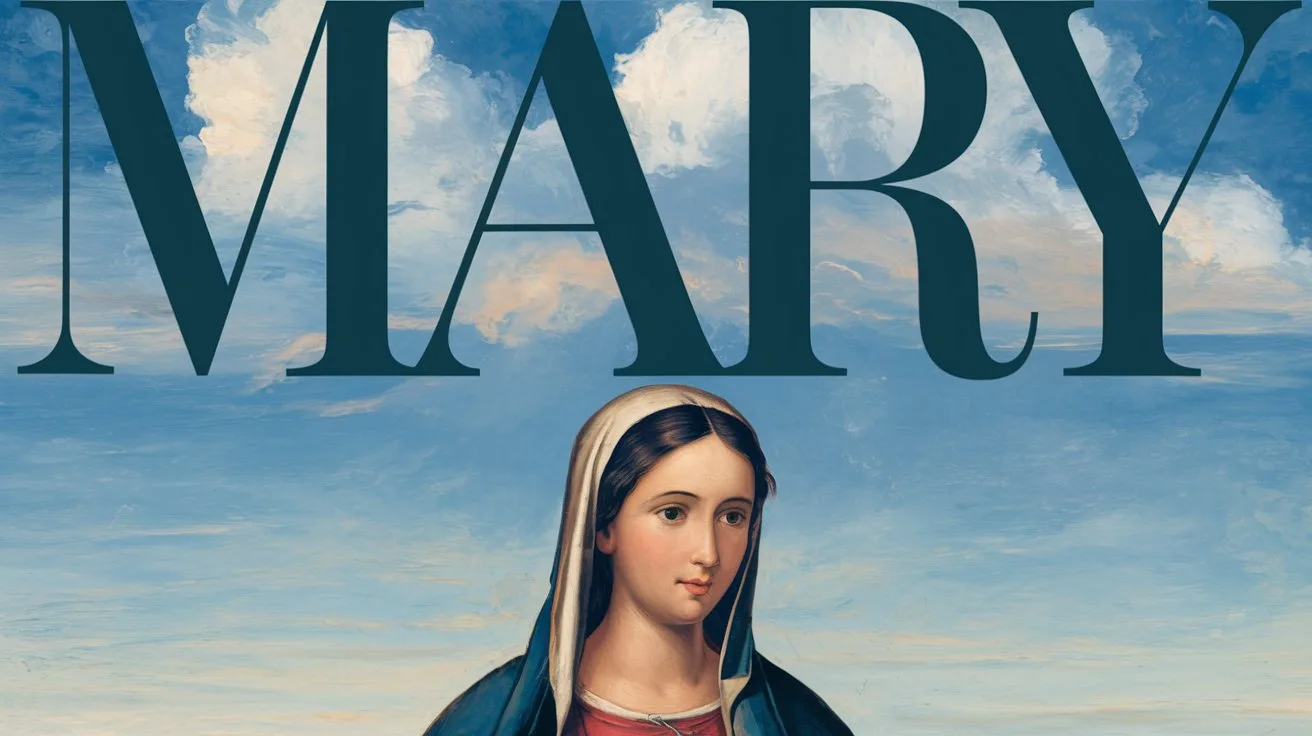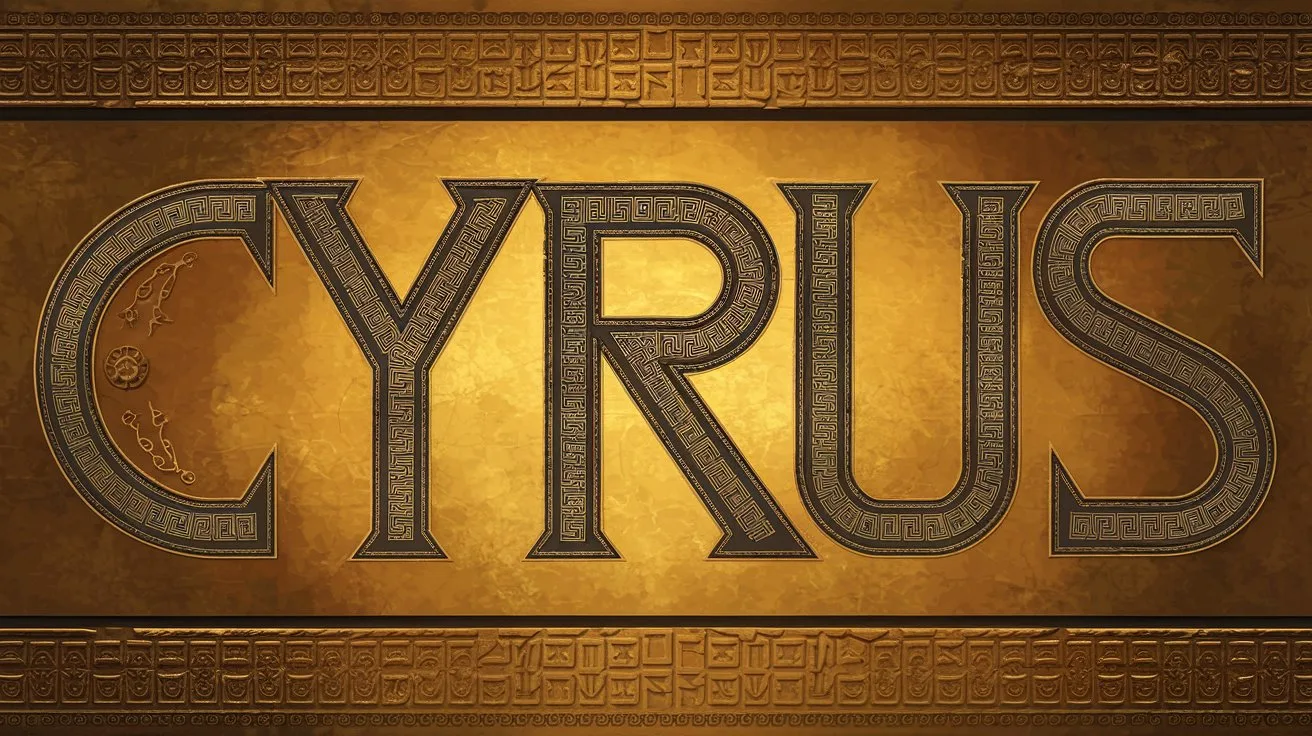The ephod stones were part of the high priest’s sacred garments, specifically the ephod, which was a richly designed vest-like garment worn during priestly duties. These stones symbolized the representation of the twelve tribes of Israel before God.
Exodus 28:9–12 describes two onyx stones mounted on the shoulders of the ephod:
“Then you shall take two onyx stones and engrave on them the names of the sons of Israel… six of their names on one stone and six names on the other… So Aaron shall bear their names before the Lord on his two shoulders as a memorial.”
These shoulder stones reminded the high priest, and the people, that he carried the nation symbolically before God as he ministered in the tabernacle. It was a picture of intercession and identification.
In addition to the shoulder stones, the ephod included a breastplate with twelve individual stones, each representing a tribe of Israel. Exodus 28:21 states:
“And the stones shall have the names of the sons of Israel, twelve according to their names… like the engravings of a signet…”
This breastplate was worn over the high priest’s heart, symbolizing that he carried the people not only before God’s presence but also in affection and responsibility.
The ephod stones pointed forward to Jesus Christ, our perfect High Priest, who bears His people both on His shoulders (strength) and on His heart (love). Hebrews 7:25 affirms:
“He ever lives to make intercession for them.”
The stones on the ephod were not mere decoration. They were tangible symbols of representation, priestly duty, and the covenant relationship between God and Israel.







